While planning my next European adventure, I stumbled upon Italy’s best-kept secret: Friuli-Venezia Giulia. Tucked away in the northeastern corner of Italy, this overlooked region offers everything I love about Italy without the overwhelming crowds.
Friuli combines jaw-dropping landscapes—from mountains and canyons to beaches and lagoons—with charming towns, unique cuisine influenced by the Austro-Hungarian empire, and several UNESCO World Heritage sites including Aquileia and Cividale.
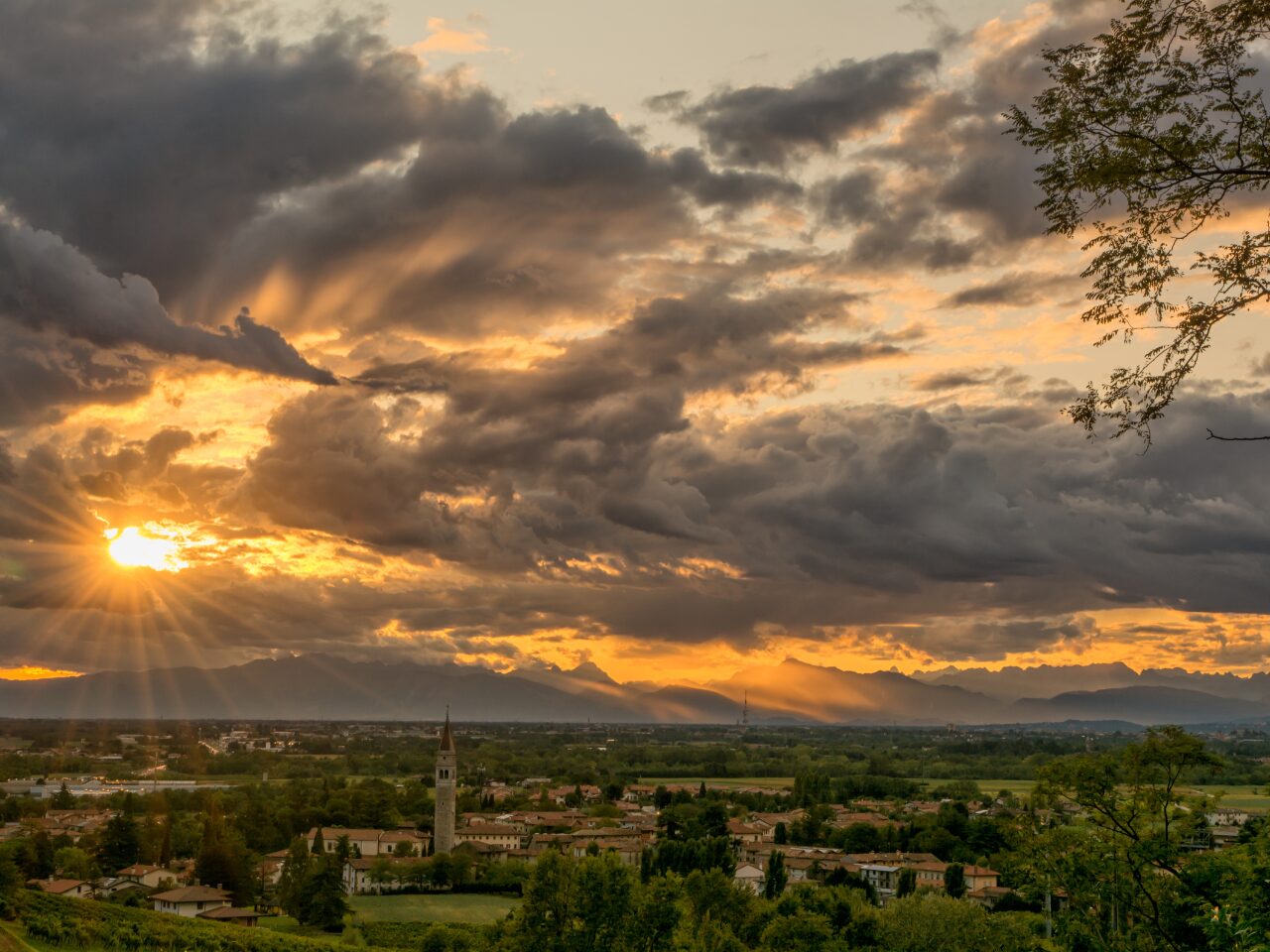
I was amazed to discover that Friuli is home to some of Italy’s most varied and beautiful scenery. The region lets you experience the Adriatic Sea, Alpine mountains, and rolling countryside all in one trip. What really captured my attention was Trieste, the picturesque capital that sits along the coast like a hidden gem waiting to be explored.
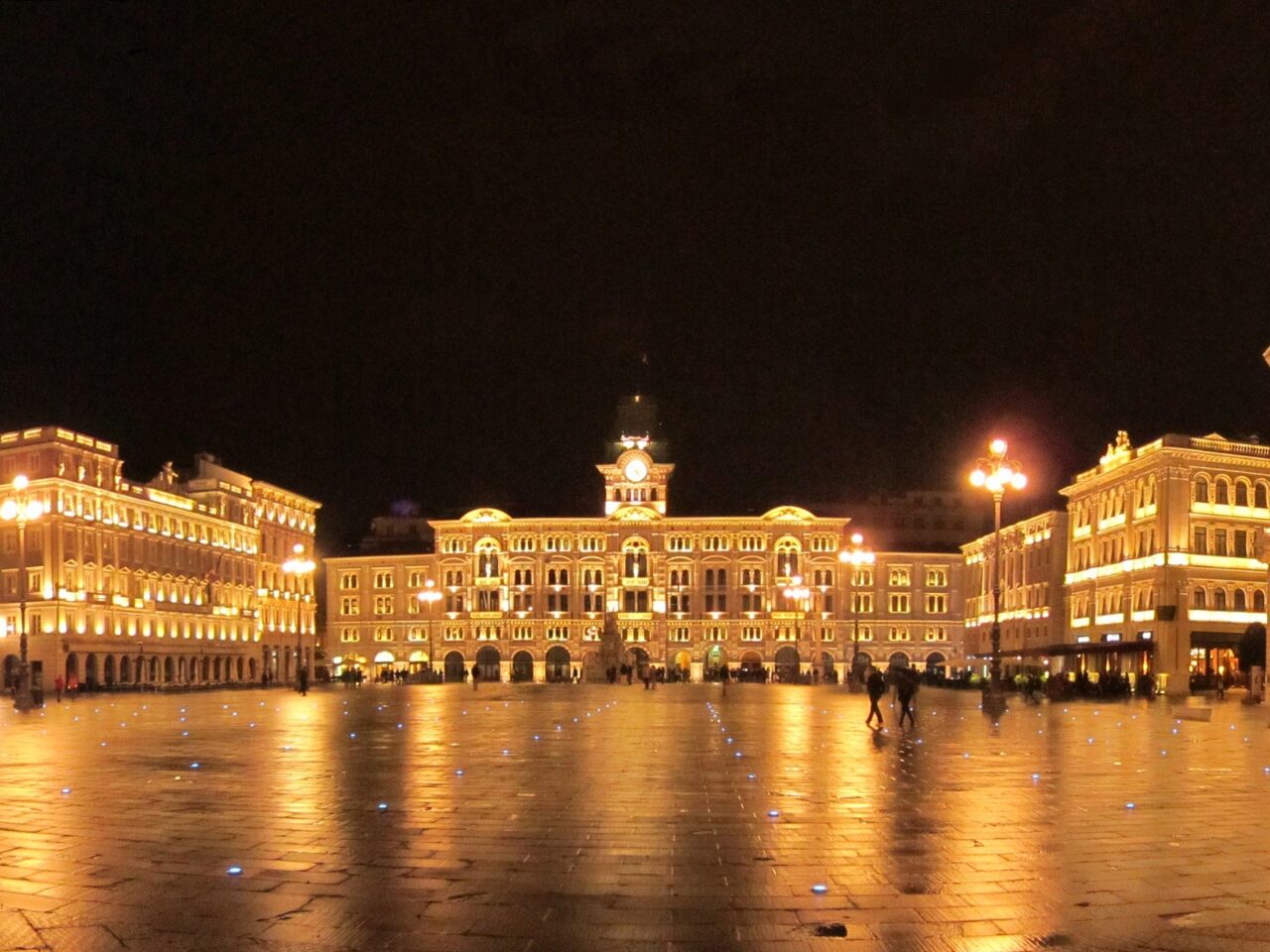
What makes Friuli-Venezia Giulia special is how it delivers authentic Italian experiences without the tourist traps. I love that I can wander through small towns, sample regional wines, and enjoy local cuisine that blends Italian traditions with Austrian, Slovenian, and Croatian influences. Despite being the country with the most UNESCO sites in the world, Italy’s Friuli region remains wonderfully undiscovered by most travelers—making now the perfect time to visit.
Exploring the Heart of Friuli
The true magic of Friuli lies in its captivating towns and cultural richness. This northeastern corner of Italy offers authentic experiences far from the tourist crowds, with architecture that tells stories of centuries past.
Friuli’s Cultural Tapestry
Walking through Friuli feels like stepping through pages of a living history book. The region’s culture blends Italian, Slavic, and Germanic influences, creating something truly unique.
I was struck by how locals preserve ancient traditions alongside modern life. Many still speak Friulian, a distinct language that sounds nothing like Italian to my ears.
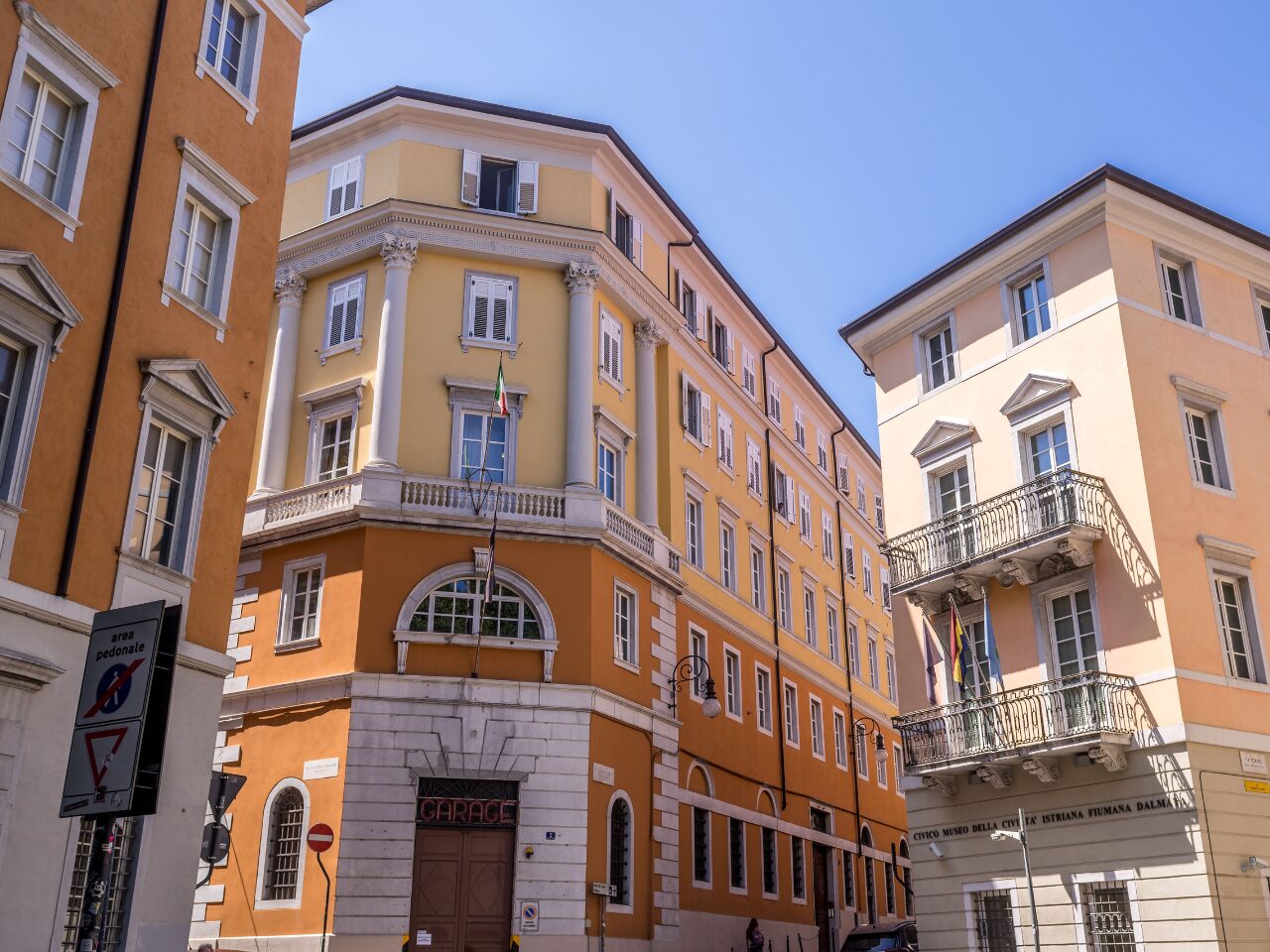
The food scene reflects this cultural fusion too. I’ve tasted dishes with Habsburg influences alongside Mediterranean flavors. The frico (cheese and potato pancake) became my go-to comfort food during chilly evenings.
Art lovers will appreciate the surprising modern art scene. Several towns host impressive collections, with the unusual modern art museum in Udine showcasing fascinating 19th-century paintings depicting daily Friulian life.
Udine: A Gateway to History
Udine captivated me with its elegant piazzas and Venetian-Gothic architecture. The city feels authentically Italian yet distinctly Friulian.
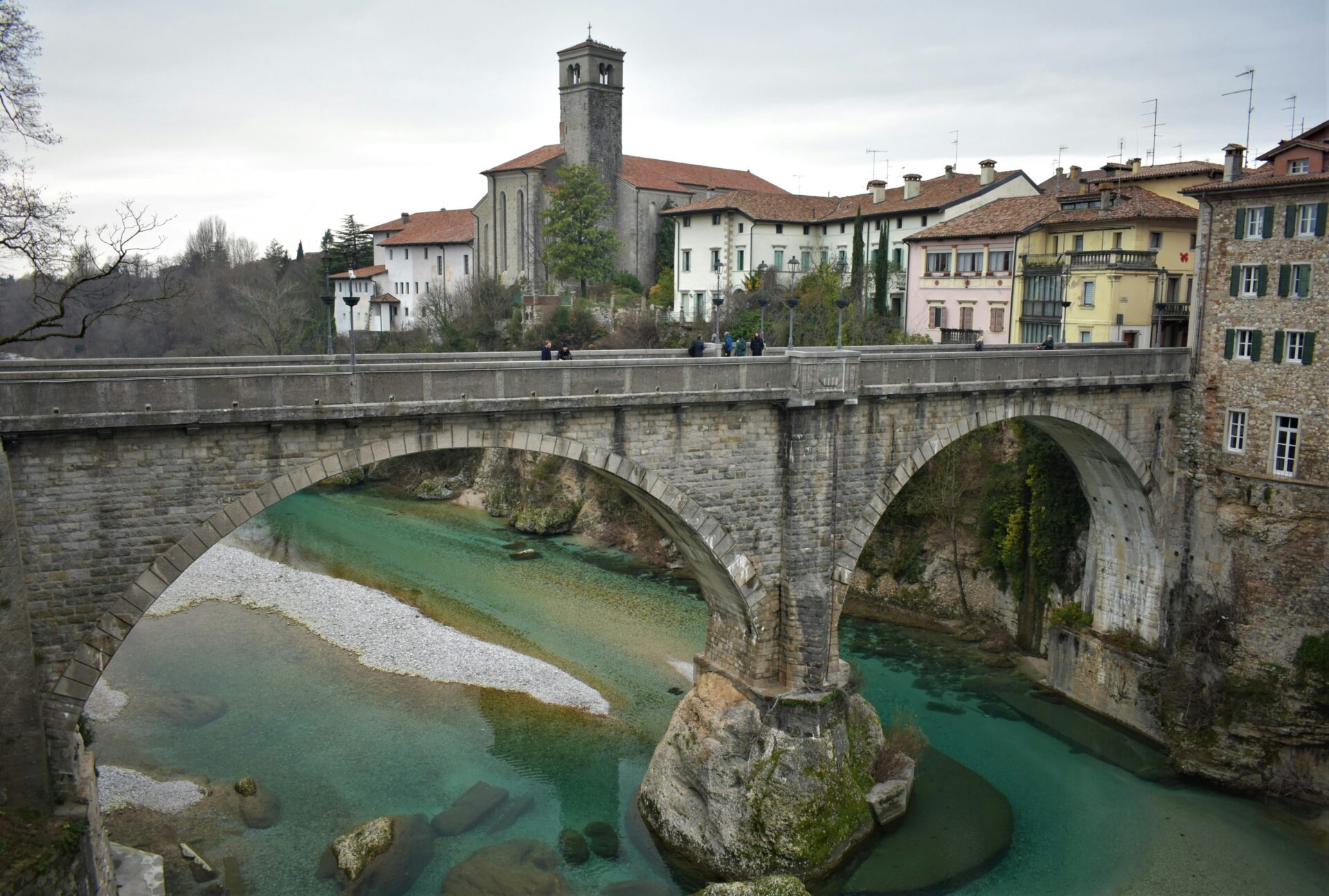
The crown jewel is Castle Hill, offering panoramic views of the surrounding countryside and distant Alps. I spent hours wandering the castle grounds, now home to several museums.
Piazza Libertà, often called “the most beautiful Venetian square on the mainland,” features the stunning Loggia del Lionello with its pink and white marble façade. I enjoyed morning espresso here while watching locals go about their day.
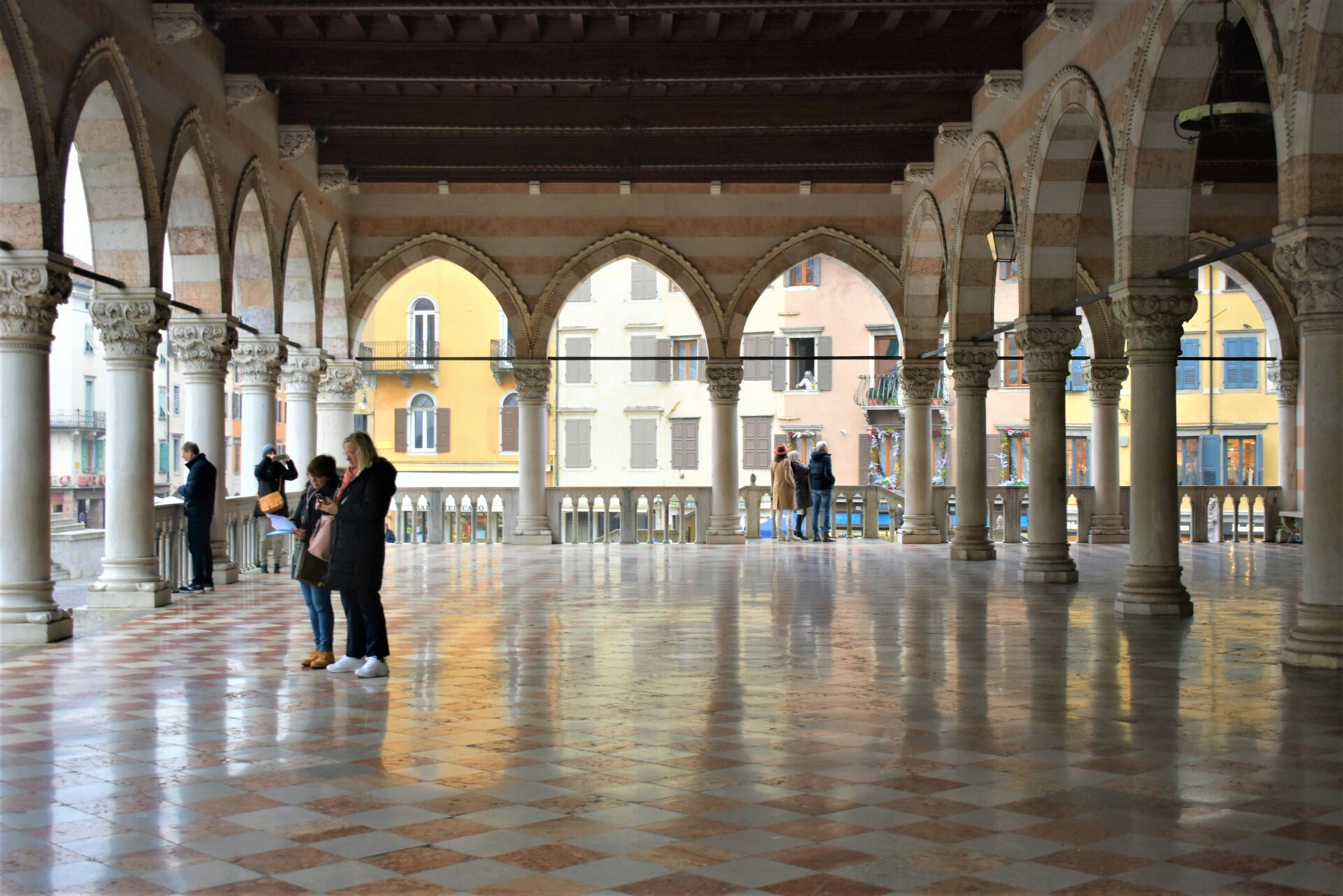
Don’t miss Tiepolo’s masterpieces in the Archbishop’s Palace and Duomo. His vibrant frescoes transform ordinary ceilings into heavenly visions. Even as someone with limited art knowledge, I was mesmerized.
Trieste: Where Cultures Converge
Trieste defies typical Italian stereotypes with its Austro-Hungarian buildings and cosmopolitan vibe. Sitting at the crossroads of Latin, Germanic, and Slavic worlds, it feels unlike anywhere else in Italy.
The grand Piazza Unità d’Italia opens directly to the Adriatic Sea, creating a breathtaking sense of space. I recommend visiting at sunset when the buildings glow golden against the darkening sky.
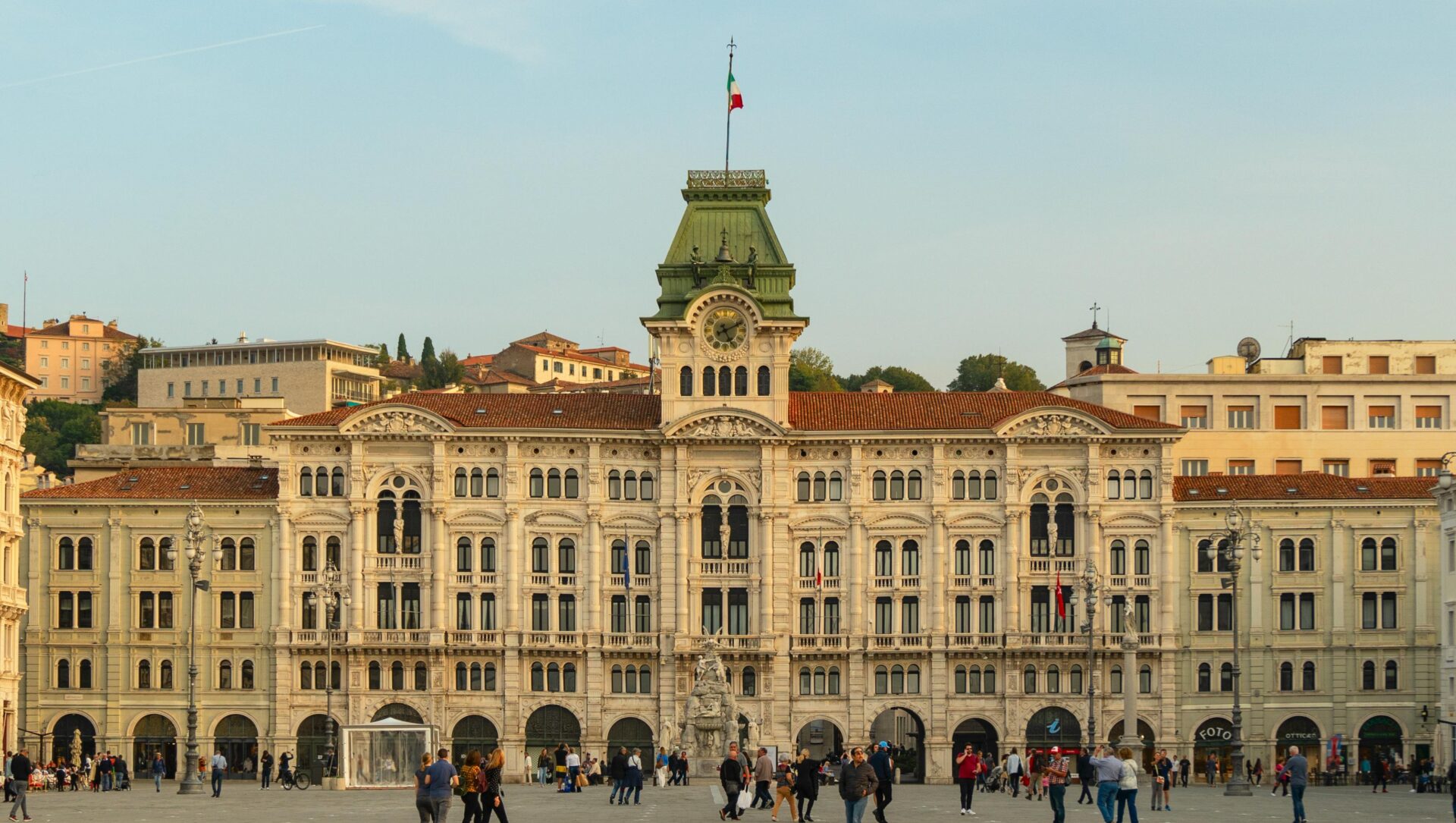
Coffee culture here rivals Vienna’s. Historical cafés like Caffè San Marco and Caffè degli Specchi served as intellectual hubs for writers like James Joyce. I spent a rainy afternoon at San Marco, imagining the literary discussions these walls witnessed.
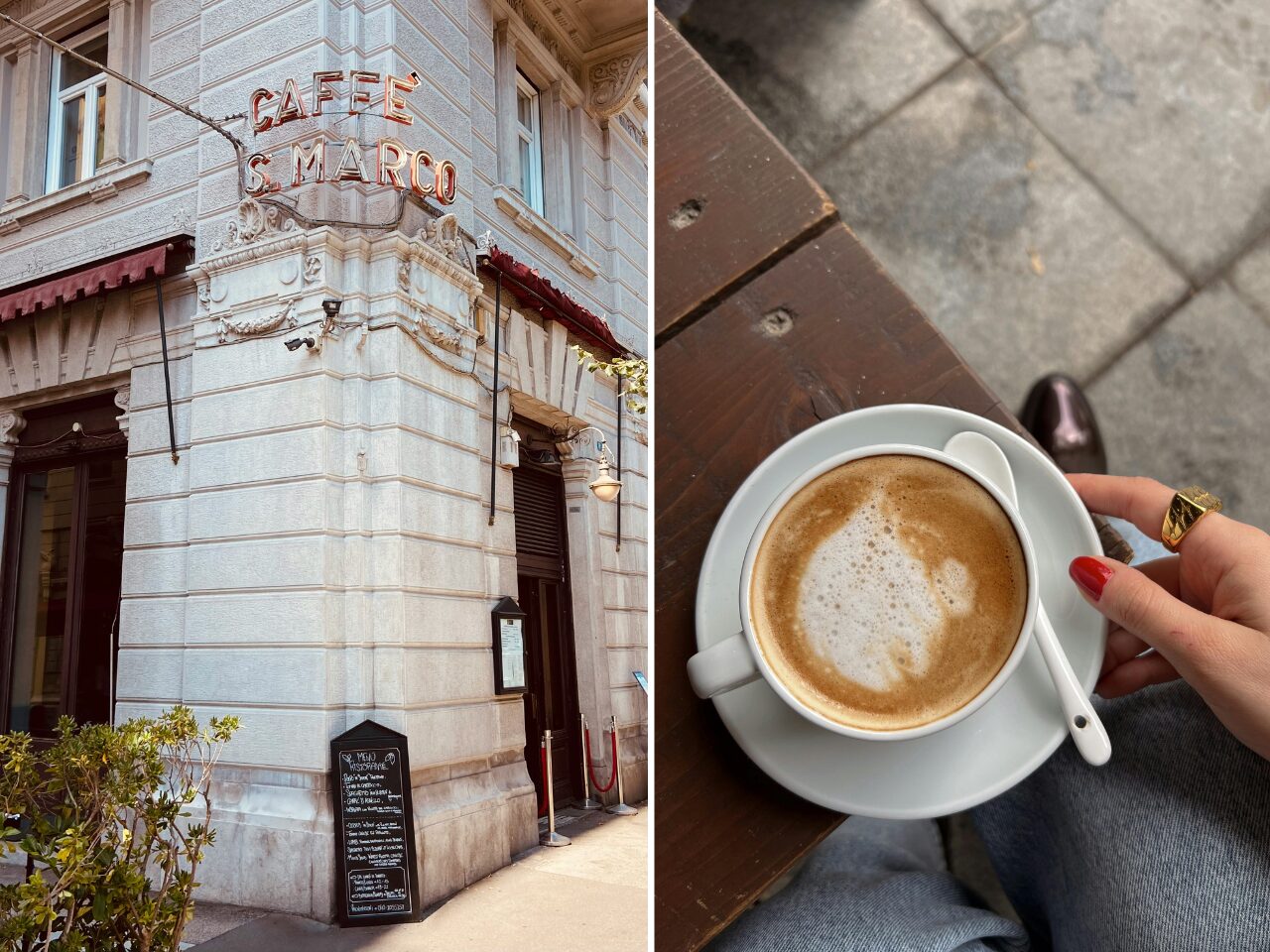
The Roman ruins at Trieste’s heart remind visitors of the city’s ancient roots, while the nearby karst plateau offers dramatic landscapes just minutes from urban life.
Cividale del Friuli: A UNESCO Gem
This small medieval town became my unexpected favorite in Friuli. Founded by Julius Caesar and later capital of a Lombard duchy, Cividale del Friuli earned its UNESCO World Heritage status through impressive preservation.
The Lombard Temple (Tempietto Longobardo) houses some of the most important Early Medieval art in Europe. Its intimate scale makes the intricate 8th-century stucco decorations feel all the more remarkable.
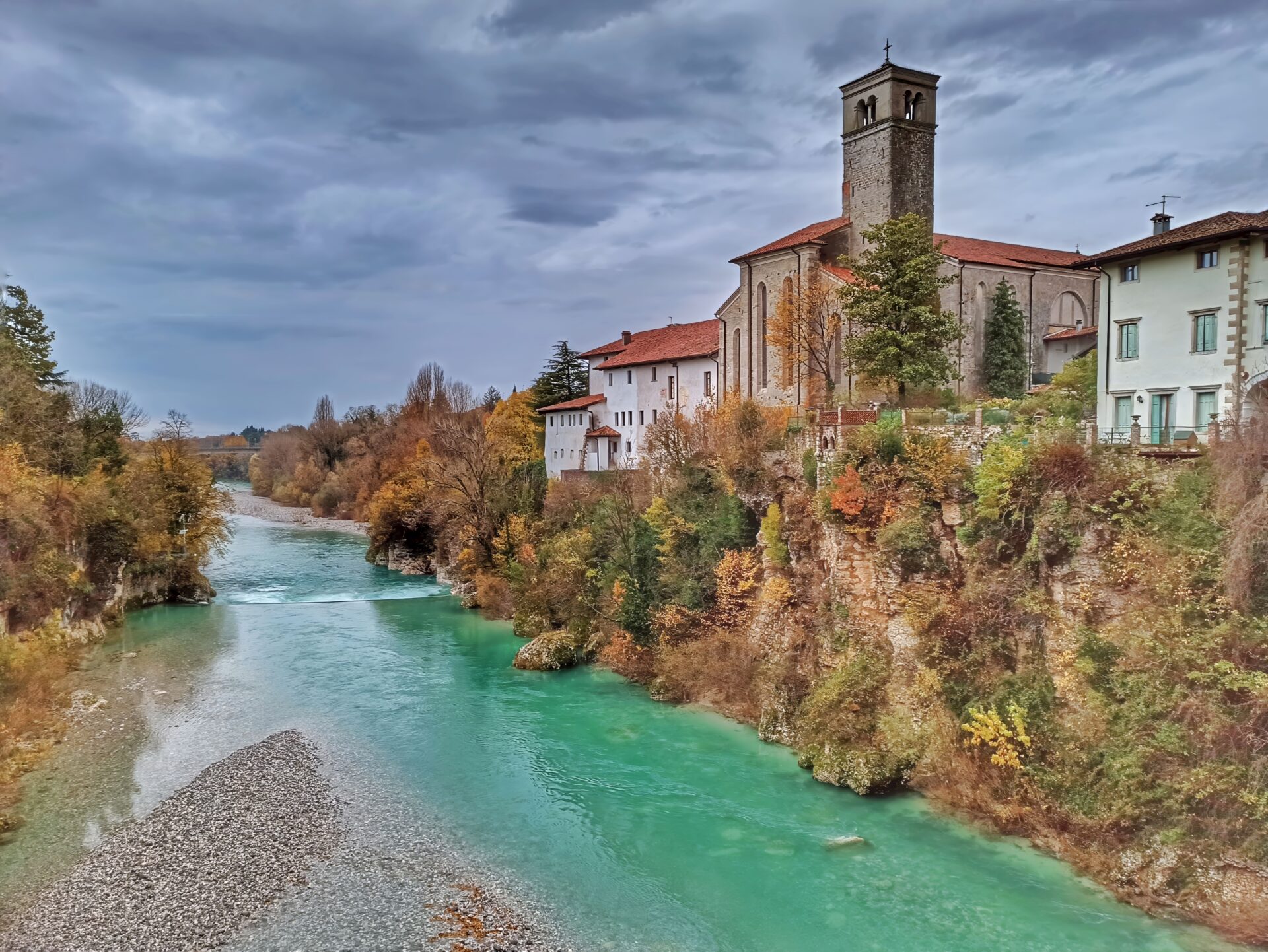
The dramatic Devil’s Bridge spans the emerald Natisone River gorge. Local legend claims the devil built it in exchange for the soul of the first crosser. Clever townspeople sent a dog across first!
The National Archaeological Museum displays Lombard treasures that showcase the sophisticated craftsmanship of these “barbarian” settlers. I spent hours examining the intricate gold jewelry and weaponry, gaining new appreciation for this overlooked period of history.
Savoring the Flavors of Friuli
Friuli’s cuisine tells a fascinating story of cultural crossroads, blending Italian traditions with influences from Austria, Slovenia, and Hungary. The region’s unique geography between mountains and sea creates exceptional food and wine that remains largely undiscovered by mass tourism.
Friulano Wine and Its Varietals
I discovered that Friuli’s winemaking tradition dates back to Roman times, with the region now producing some of Italy’s most distinctive white wines. Friulano (formerly known as Tocai Friulano) is the signature grape variety, creating crisp wines with almond notes that pair perfectly with local dishes.
The region also excels with other white varietals like Ribolla Gialla, Malvasia, and Pinot Grigio. These wines have a remarkable mineral quality thanks to the unique soil composition of the hillsides.
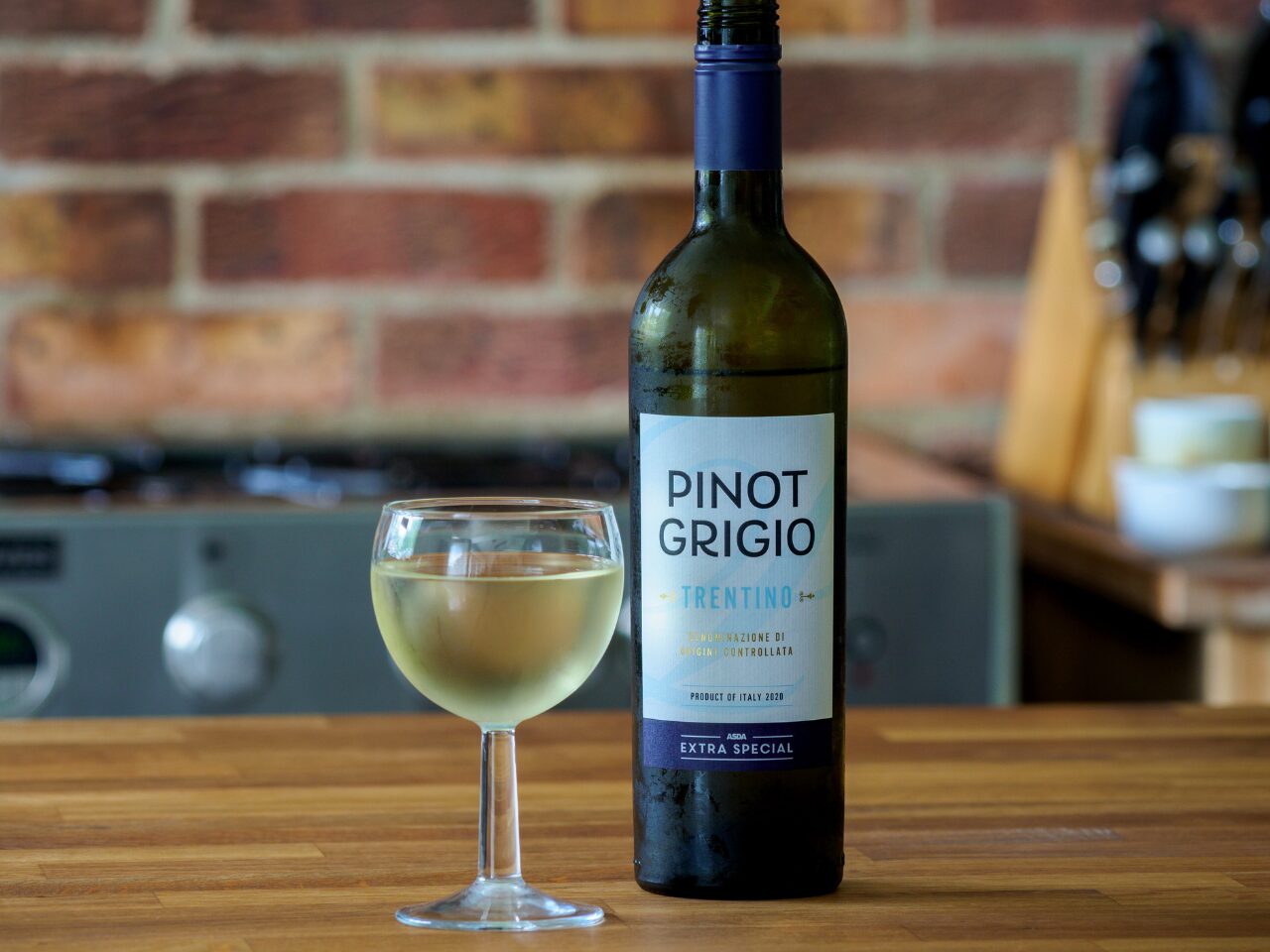
During my visit to small family wineries around Collio and Colli Orientali, I tasted exceptional wines directly from producers. Many offer informal tastings where you can sample their products while learning about traditional winemaking methods.
Cheese, Prosciutto, and Prosecco: Friuli’s Culinary Pride
Friuli’s culinary treasures include some of Italy’s finest prosciutto from San Daniele. This sweet, delicate ham is aged for at least 13 months and sliced paper-thin to melt in your mouth.
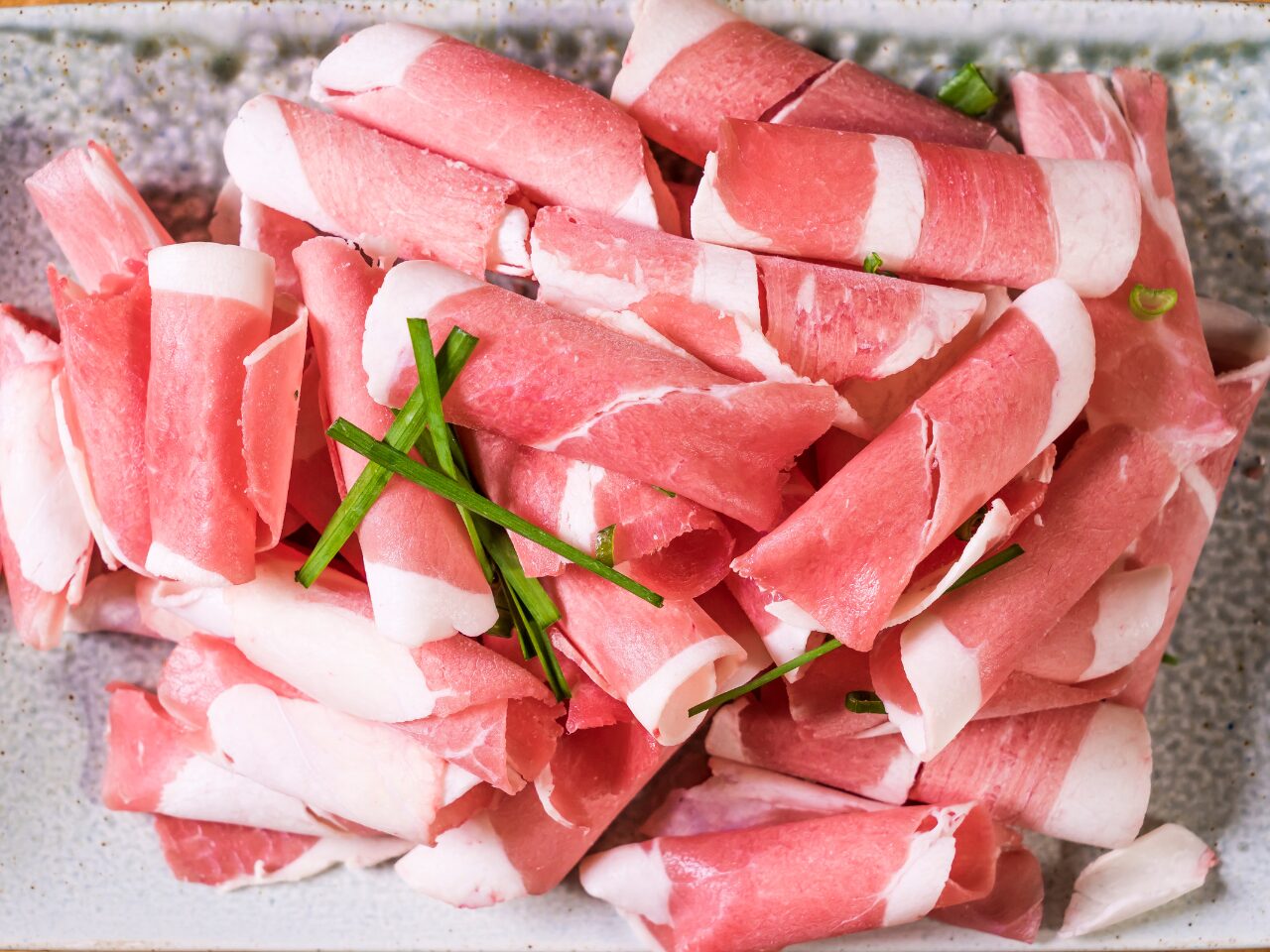
The region’s cheeses are equally impressive. Montasio, a PDO-protected cow’s milk cheese, ranges from fresh to aged varieties. I still dream about the Formaggio di Fossa, aged in underground pits for a unique earthy flavor.
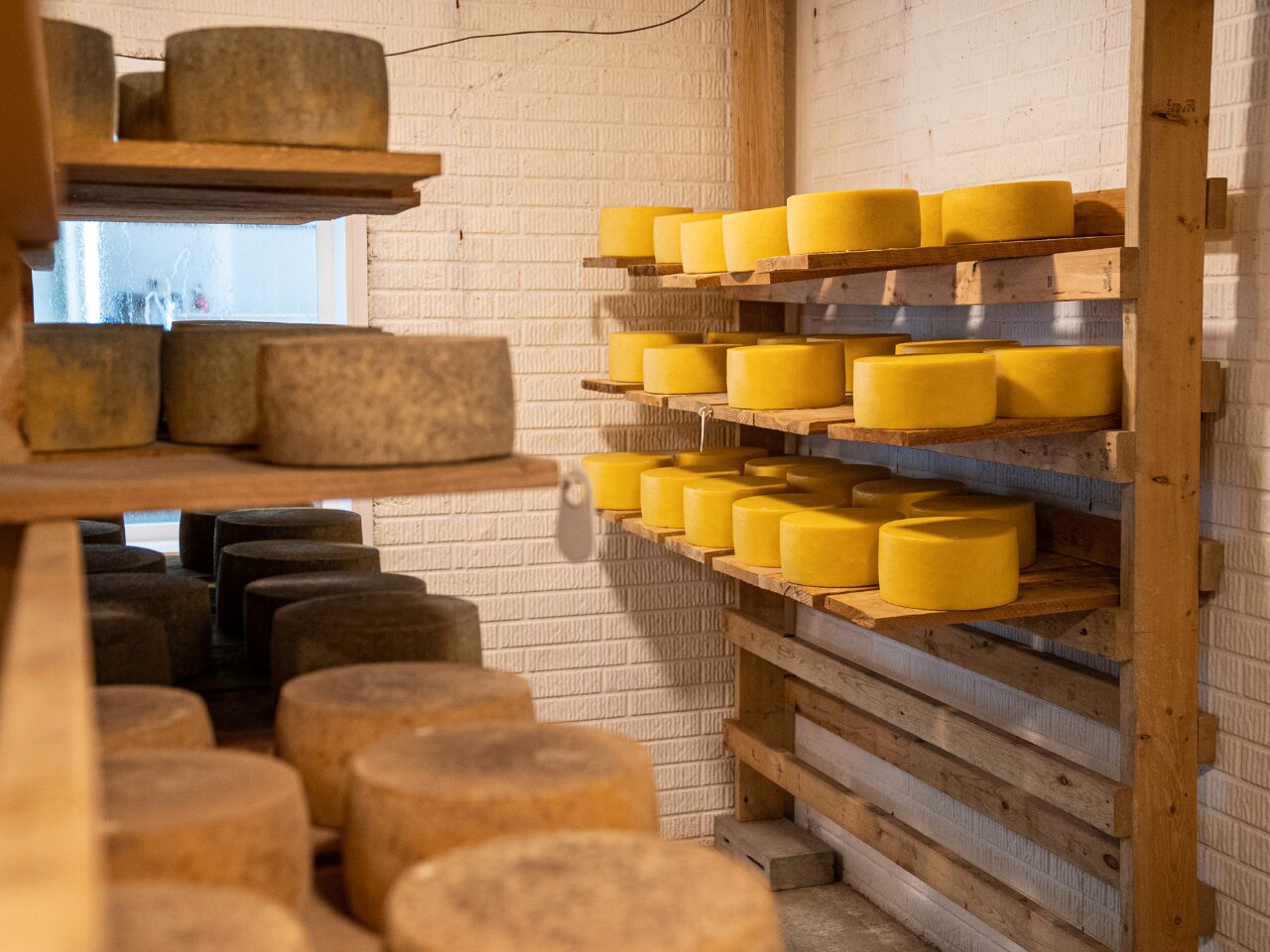
Prosecco from the Friuli region tends to be drier and more mineral-driven than other Italian versions. Local producers often pair it with regional olive oils, honey, and salumi during tastings.
Traditional Dishes: Frico and Jota
Friuli’s signature dish, frico, captured my heart immediately. This crispy cheese pancake made from Montasio combines potatoes and onions, creating comfort food that’s both simple and sublime. You’ll find different variations throughout the region, from crispy chips to soft, frittata-like versions.
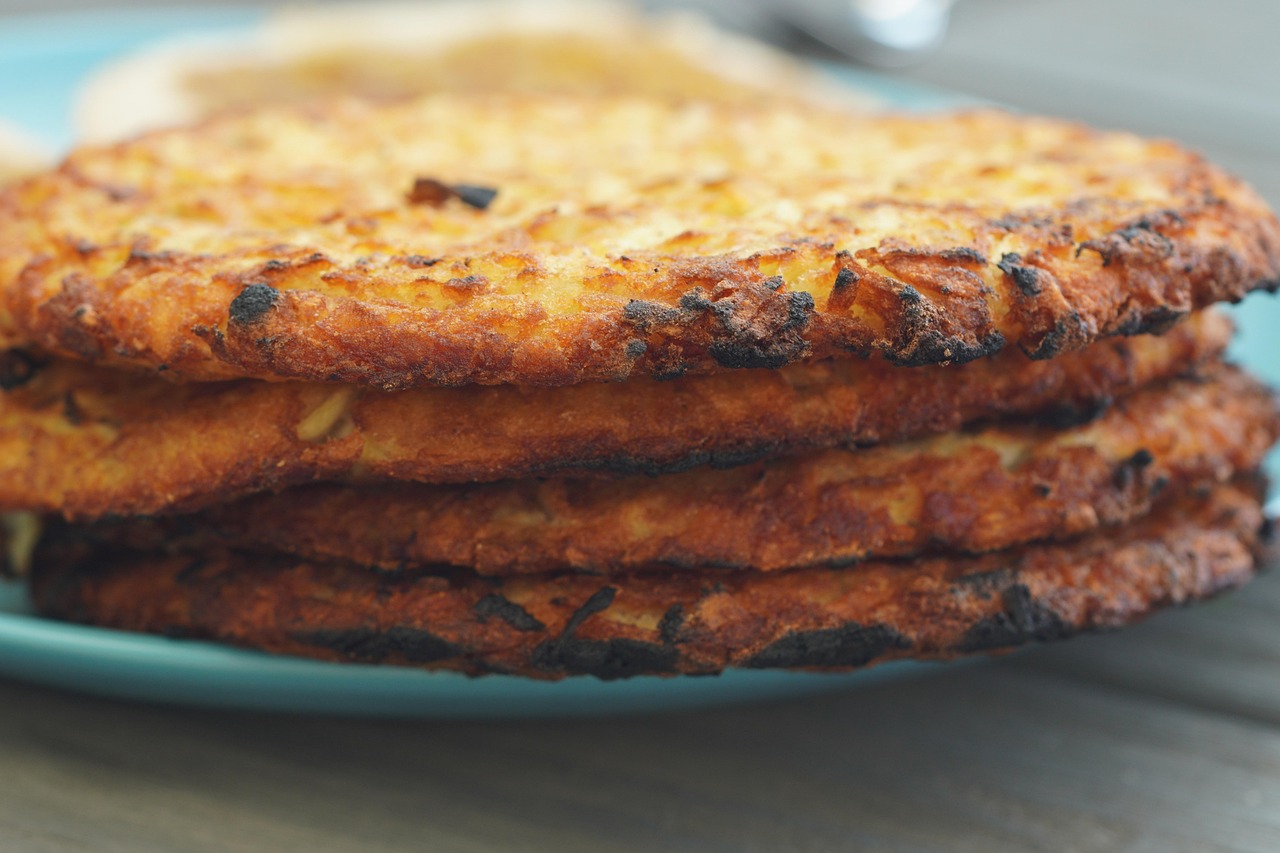
Jota represents the Slavic influence on Friulian cuisine. This hearty soup combines sauerkraut, beans, potatoes, and smoked meats. I enjoyed it most in small mountain villages where it’s served with crusty bread during colder months.
Other must-try dishes include cjarsons (sweet-savory ravioli) and brovada (turnips fermented with grape pomace). These traditional recipes showcase how Friulian cooking ingeniously combines humble ingredients into extraordinary flavors.
Immersive Natural Landscapes
Friuli Venezia Giulia offers some of the most diverse natural scenery I’ve ever encountered in Italy. From alpine peaks to golden beaches, this region packs an incredible range of landscapes into one compact area.
Majestic Hikes and Adventure Trails
I discovered that Friuli’s mountains provide some of Northern Italy’s most rewarding hiking experiences. The region features well-marked trails ranging from gentle walks to challenging alpine climbs.
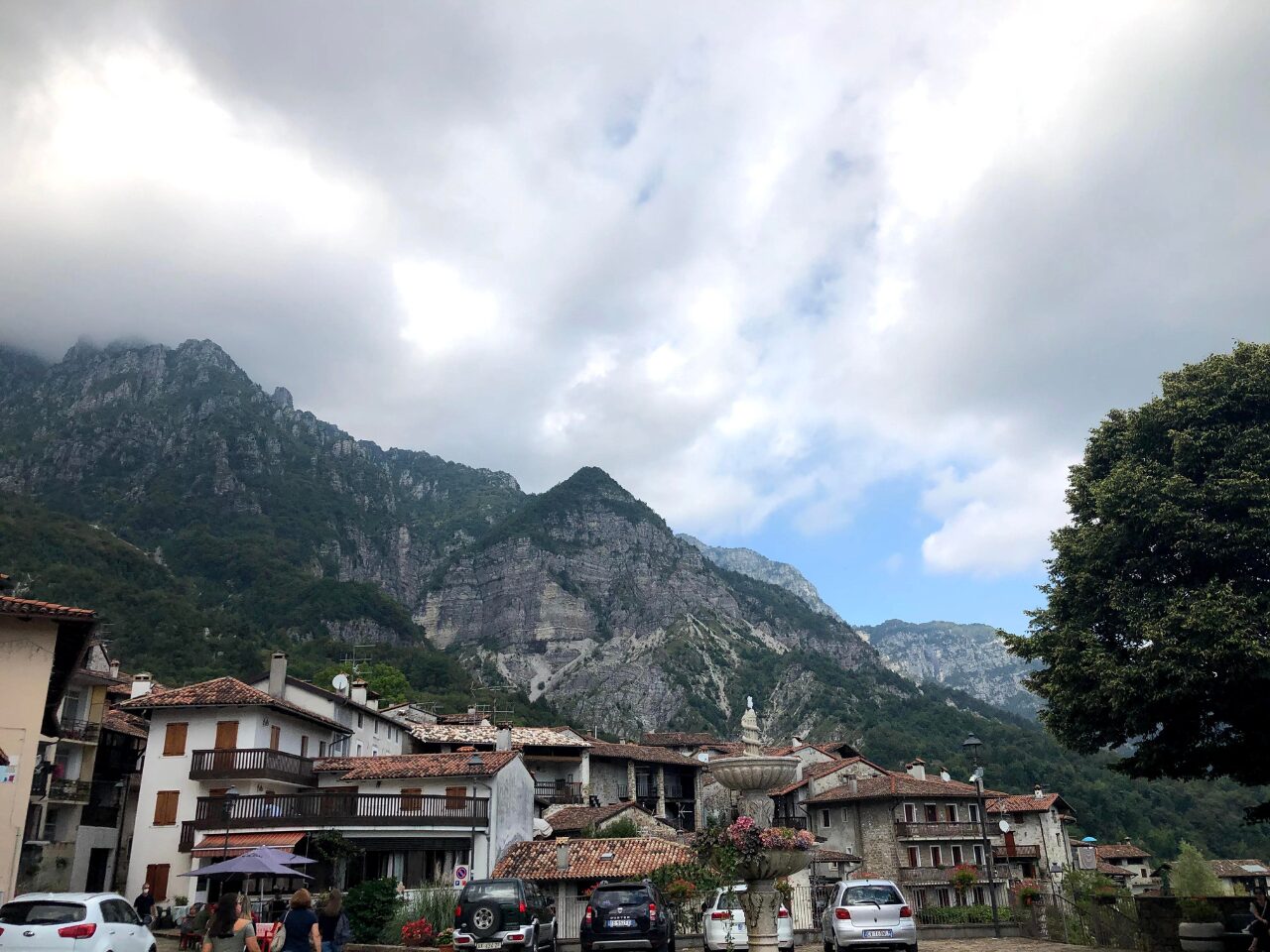
During my visit to Carnic Alps, I followed paths that wound through meadows bursting with wildflowers and forests teeming with wildlife. The views were simply breathtaking!
For adventure seekers, I recommend the Julian Alps with their dramatic limestone formations. Don’t miss hiking around Mount Mangart, where I spotted rare alpine flora and enjoyed panoramic views across three countries.
The Natisone Valleys offer gentler terrain with riverside paths perfect for families. Here I found charming wooden bridges crossing crystal-clear waters and plenty of spots for picnicking.
The Seaside Escape: Exploring the Waterfront
The Adriatic coastline of Friuli surprised me with its variety. Golden sandy beaches stretch along Lignano Sabbiadoro, where I spent lazy days sunbathing and swimming in warm, shallow waters.

Grado’s lagoon system feels worlds away from typical beach resorts. I took a boat tour through these protected waters, spotting numerous bird species in their natural habitat.
For something truly unique, visit the rocky coves near Trieste. I found secluded swimming spots nestled between dramatic limestone cliffs dropping straight into turquoise waters.
The waterfront promenades in Trieste and Grado showcase the region’s maritime heritage. Walking along these historic paths, I enjoyed fresh seafood at local restaurants while watching fishing boats return with the day’s catch.
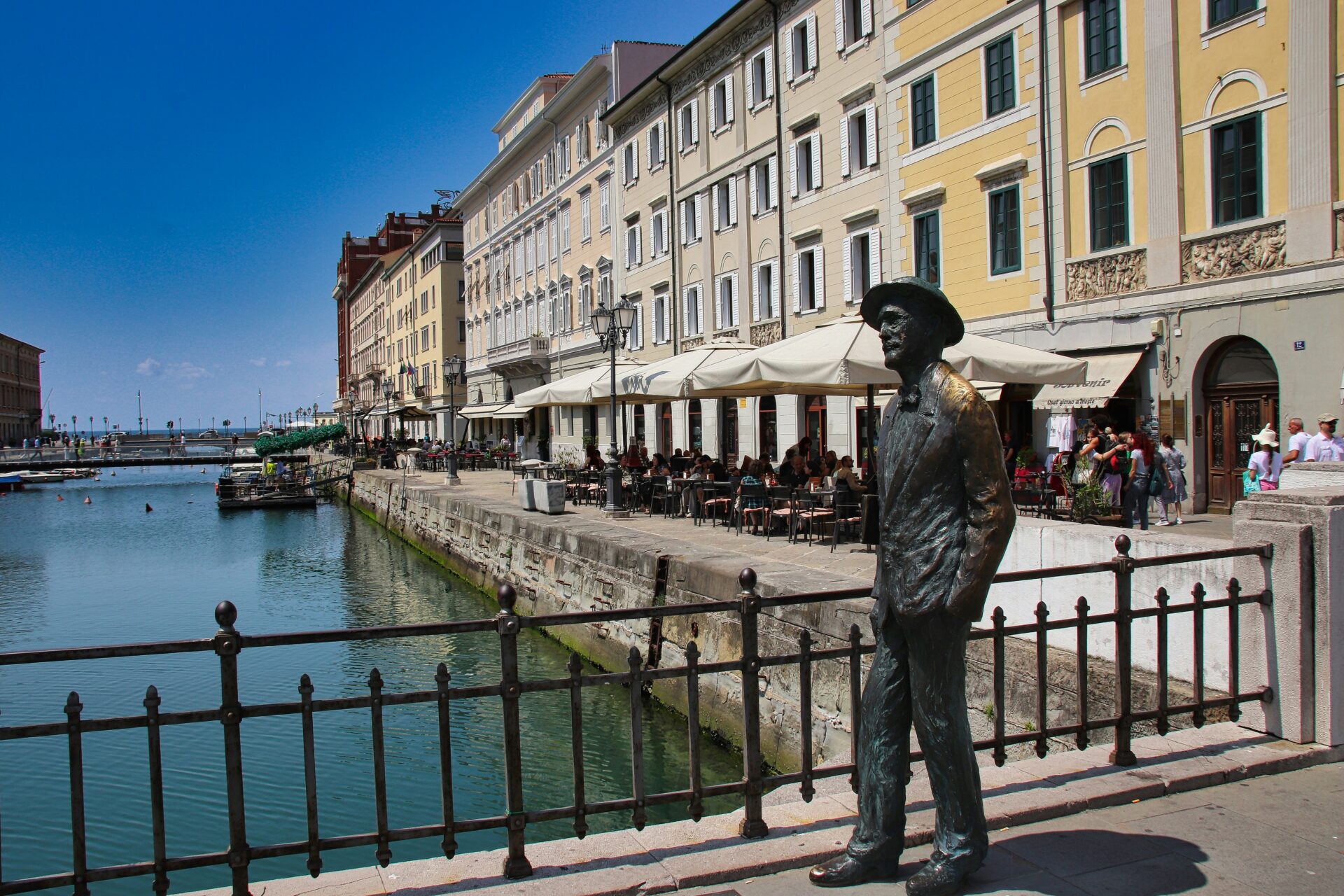
Winter Sports in the Alpine Wonderland
When snow blankets Friuli’s mountains, the region transforms into a winter playground less crowded than better-known Italian ski destinations. I found slopes suitable for all skill levels across several resorts.
Piancavallo became my favorite for its family-friendly atmosphere and reliable snow conditions. The resort offers activities beyond skiing too – I tried snowshoeing through silent forests and night skiing under starlit skies.
For more advanced skiers, Tarvisio provides challenging runs and extensive off-piste opportunities. I was impressed by the modern lift system and the breathtaking border views into Austria and Slovenia.
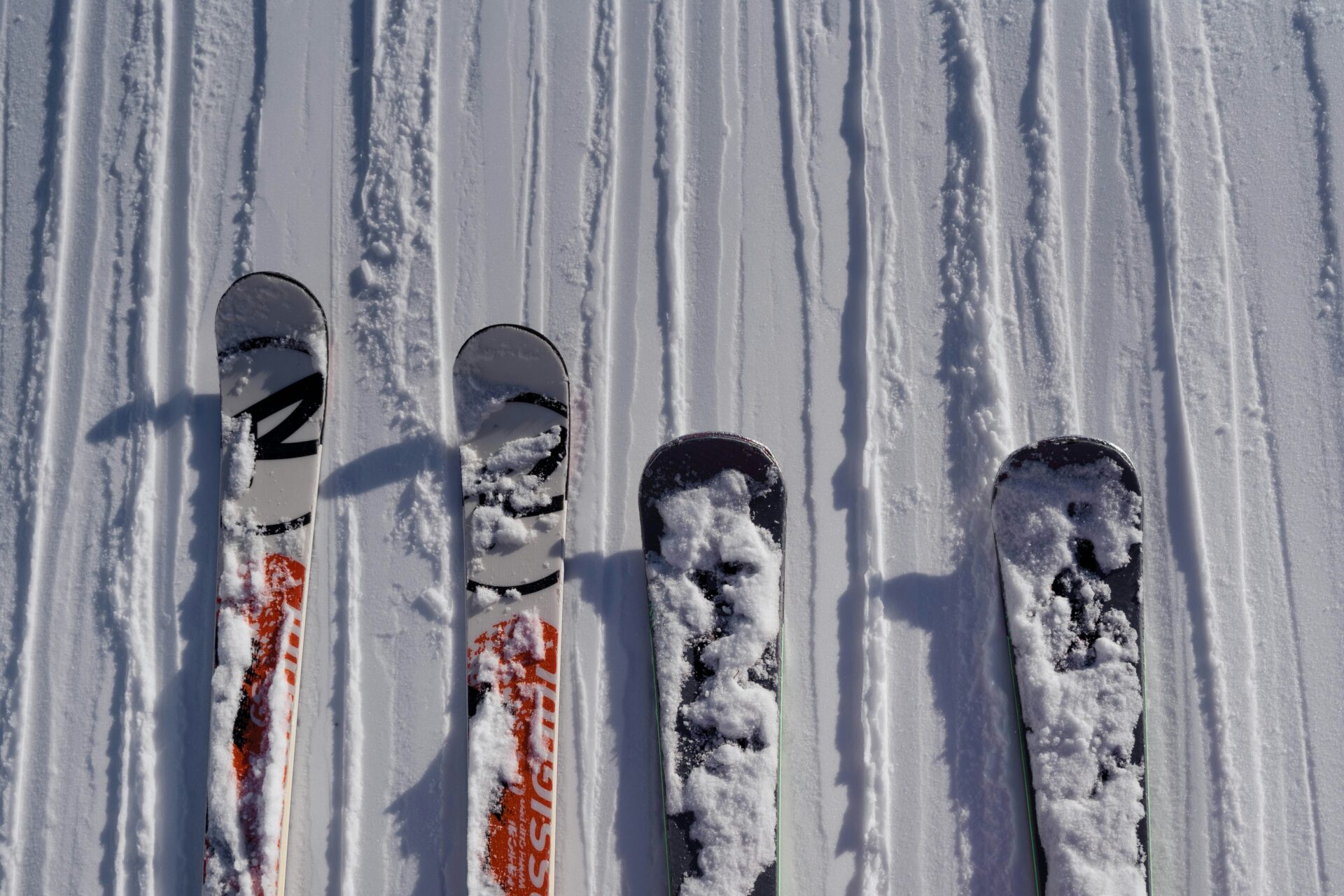
The après-ski scene feels authentically Italian rather than touristy. I warmed up in mountain huts serving hearty local cuisine and regional wines – the perfect end to days spent in Friuli’s winter wonderland.
Beyond Friuli: Neighboring Regions and Hidden Gems
While Friuli Venezia Giulia captivates with its unique charm, the surrounding regions offer equally compelling experiences for travelers seeking authentic Italian culture. Each neighboring area has its own distinct character, making it easy to combine multiple destinations in one remarkable journey.
Slovenia: A Stone’s Throw Away
I love how quickly you can cross from Friuli into Slovenia – it’s literally just minutes away! This border region blends Italian and Slavic influences in fascinating ways. The Slovenian wine region of Goriška Brda feels like an extension of Friuli’s wine country, with similar grape varieties but unique winemaking techniques.
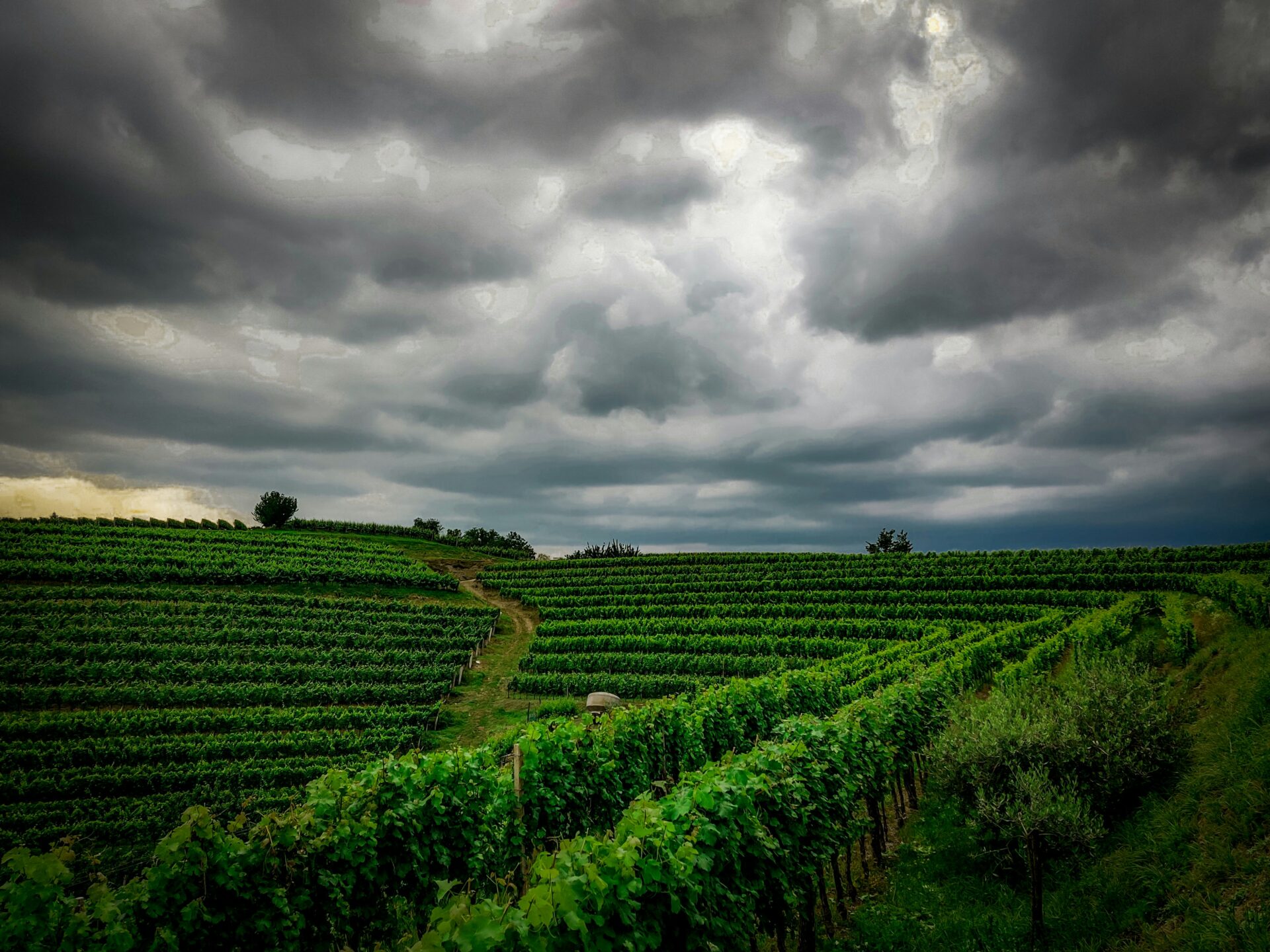
Ljubljana, Slovenia’s capital, is just a 90-minute drive from Trieste. I recommend spending at least a day exploring its charming riverside cafés and Dragon Bridge. The Julian Alps in Slovenia offer spectacular hiking in summer and skiing in winter, making them a perfect complement to Friuli’s outdoor adventures.
Don’t miss Lake Bled with its iconic island church and medieval castle perched above turquoise waters. Many Slovenian restaurants serve hearty food similar to Friuli’s cuisine but with their own twist.

Veneto and Trentino-Alto Adige: Diversity at Its Best
Veneto borders Friuli to the west and offers incredible variety. Venice needs no introduction, but I’ve found the lesser-known cities equally rewarding. Treviso, with its canal-laced historic center, provides a quieter alternative to Venice’s crowds.
The Prosecco hills between Veneto and Friuli are a UNESCO World Heritage site. I suggest taking a wine tour to sample the famous sparkling wine at its source.

Further west, Trentino-Alto Adige showcases dramatic Dolomite mountains and a fascinating Austrian-Italian cultural blend. The region’s bilingual towns like Bolzano feature:
- Alpine architecture
- German-influenced cuisine
- Family-friendly ski resorts
- Stunning hiking trails
Lake Garda’s northern shores touch this region, offering Mediterranean vibes amid mountain scenery – a perfect contrast to Friuli’s landscapes.

Liguria and Cinque Terre: Coastal Charms
Though not directly bordering Friuli, Liguria makes an excellent extension to your northern Italian adventure. I’ve found its dramatic coastline provides the perfect contrast to Friuli’s mountains and plains.
The five colorful villages of Cinque Terre cling to seaside cliffs, connected by scenic hiking paths and trains. My favorite village is Vernazza, with its natural harbor and authentic feel despite the tourism.
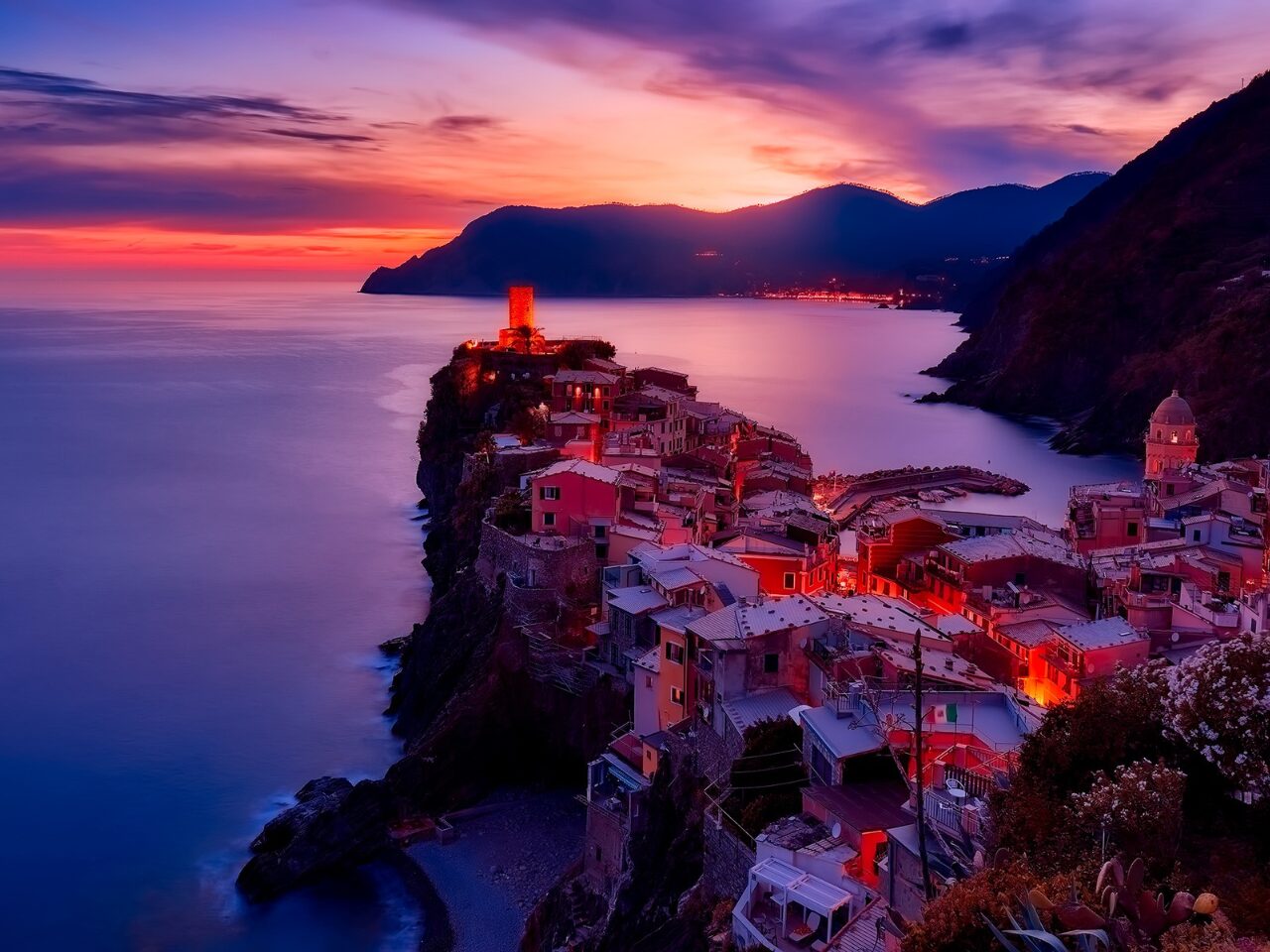
Genoa, Italy’s largest port city, surprises with Europe’s largest medieval quarter. Its narrow caruggi (alleyways) hide spectacular palaces and seafood restaurants.
San Remo, near the French border, offers a glamorous riviera experience with its casino, beaches, and flower markets. The town hosts Italy’s famous music festival each February.
Liguria’s cuisine focuses on seafood, pesto, and focaccia. This is deliciously different from Friuli’s hearty dishes, providing a tasty contrast on your Italian journey.
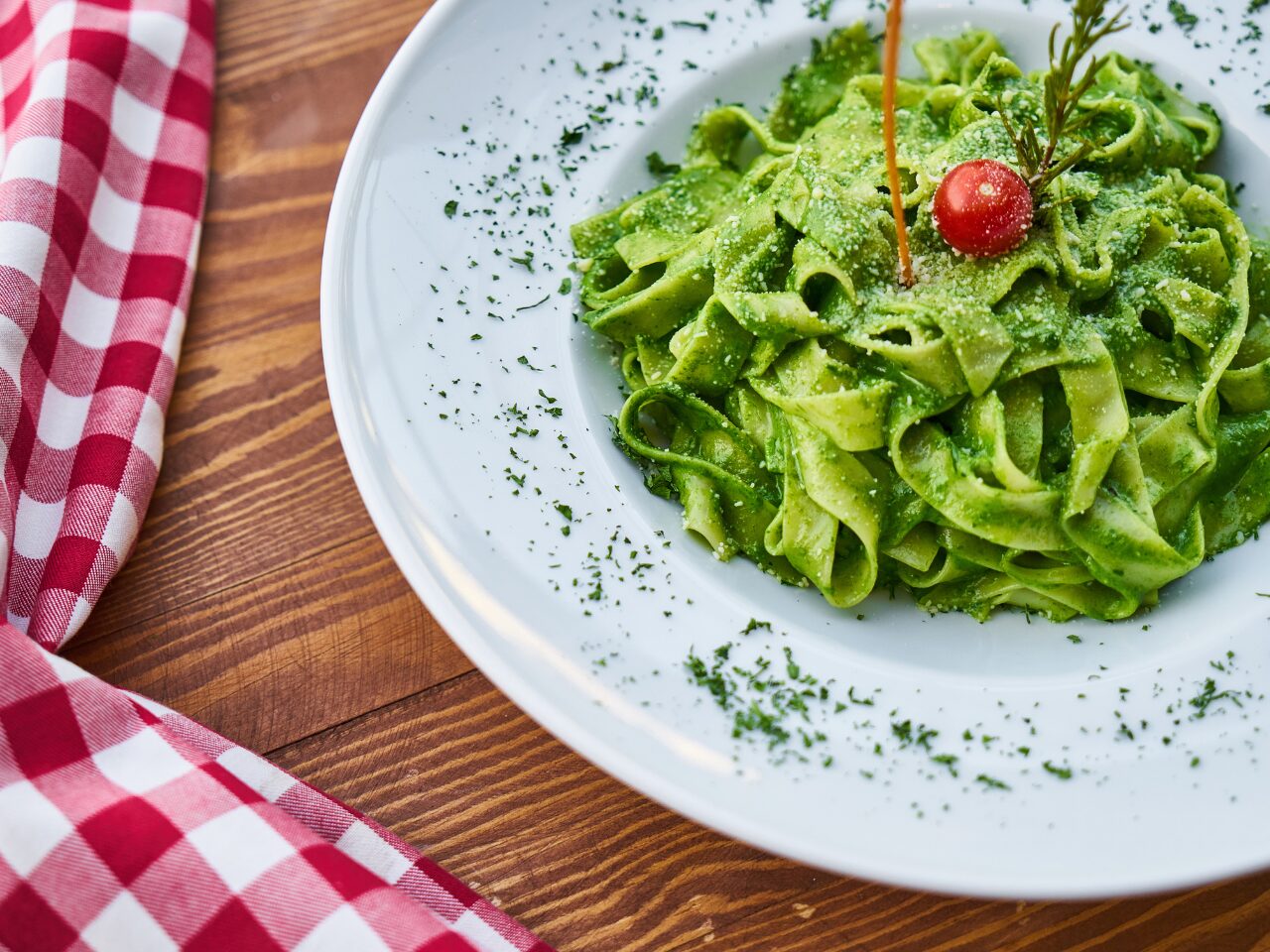
Planning Your Friuli Adventure
Preparing for a trip to Friuli Venezia Giulia takes some thoughtful planning to make the most of this diverse region. I’ve learned through experience that timing your visit right and knowing how to navigate this northeastern Italian gem can make all the difference.
Best Time to Visit for Ideal Weather and Festivities
Late spring (May-June) and early fall (September-October) offer the most pleasant weather for exploring Friuli. During these months, temperatures hover around 65-75°F (18-24°C), perfect for both mountain hikes and coastal relaxation.
Summer brings vibrant festivals worth experiencing. The Friuli Doc food and wine festival in Udine (September) celebrates local culinary traditions with tastings and performances. I was amazed by how the entire city transforms into a feast for the senses!
Winter travelers should head to the Julian Alps for skiing, especially at Tarvisio resort. The Christmas markets in Trieste offer a unique blend of Italian and Austrian holiday traditions that I find absolutely charming.
Accommodations: From Cozy Trattorias to Luxe Retreats
Friuli offers lodging options to suit every traveler’s preference and budget:
City Stays:
- Trieste: Grand Hotel Duchi d’Aosta (luxury) or Hotel James Joyce (mid-range)
- Udine: Hotel Astoria (centrally located) or B&B Al Fagiano (budget-friendly)

Countryside Gems:
- Agriturismo lodgings on working farms (my personal favorite for authentic experiences)
- Small family-run trattorias with rooms above (often including amazing homemade breakfast)
For a unique experience, I recommend booking an osmiza in the Carso region. These temporary taverns in family homes serve farm-fresh products and local wines. They’re identified by branches hanging outside when open.
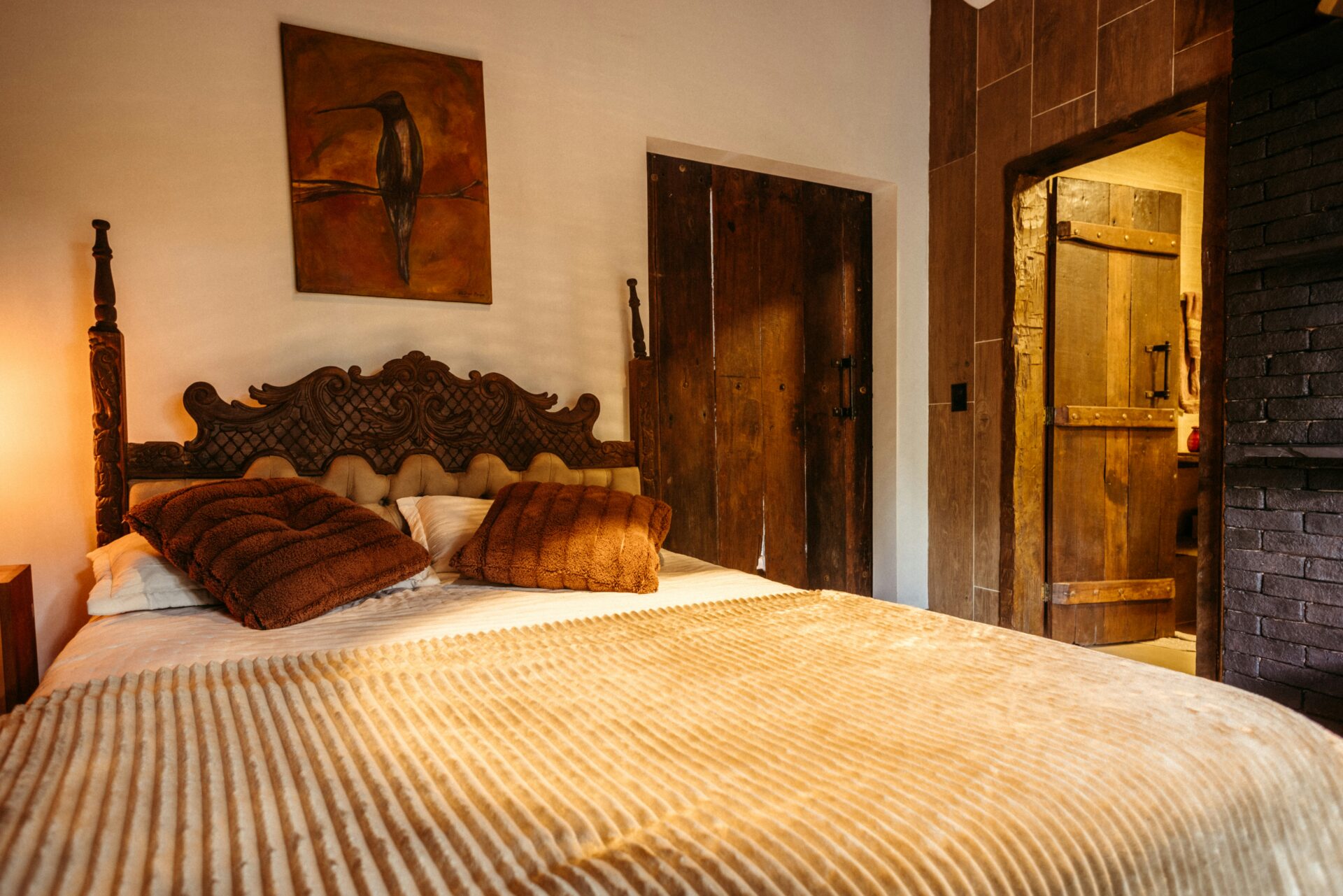
Getting Around: Transportation Tips
A rental car provides the most flexibility for exploring Friuli’s hidden corners.
The region’s roads are well-maintained and less congested than other parts of Italy. I found driving here surprisingly relaxing compared to Rome or Naples!
Public transportation options include:
- Regional trains connecting major cities like Trieste, Udine, and Pordenone
- Local buses serving smaller towns (though schedules can be limited on weekends)
- Bicycles for exploring flat coastal areas and wine regions
For mountain exploration, consider the FVG Card. This card includes public transportation and entry to many attractions. I saved nearly €100 during my week-long trip with this card.
When visiting wineries in Collio or Colli Orientali regions, book a local driver or organized tour. The winding roads and generous tastings don’t mix well with driving responsibilities!

